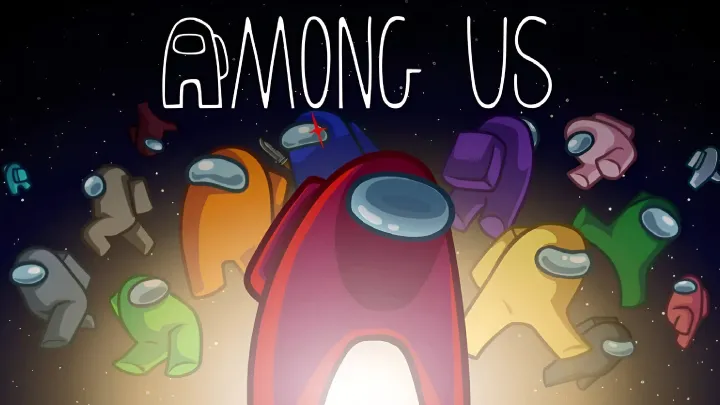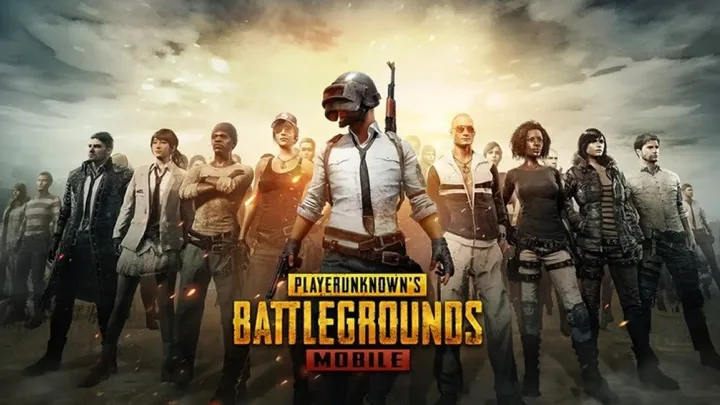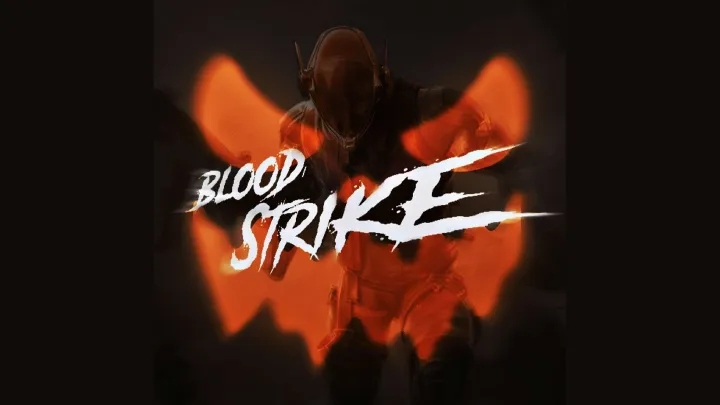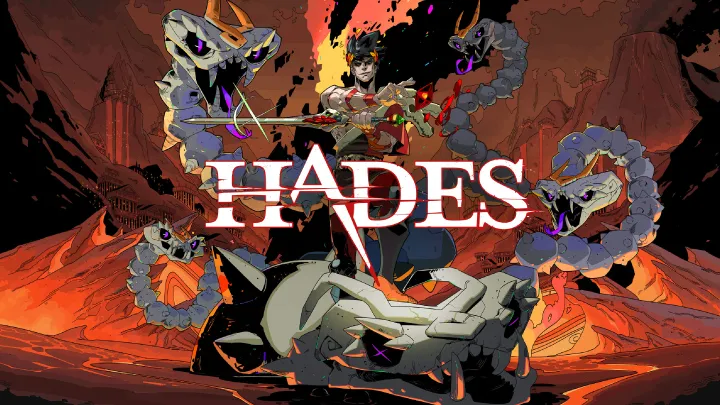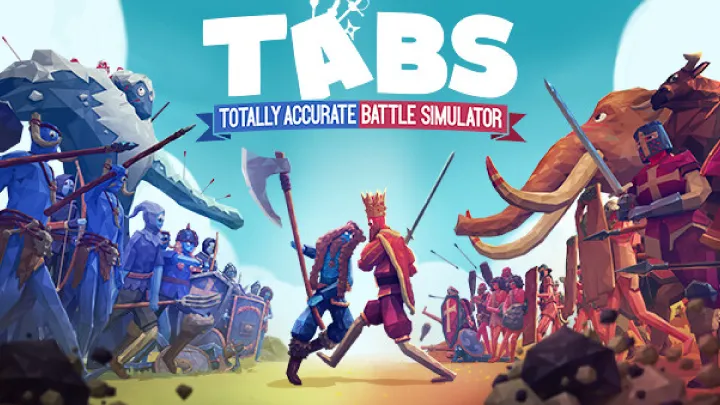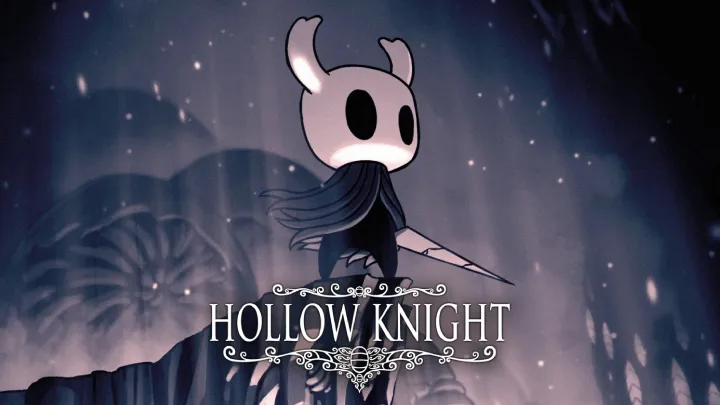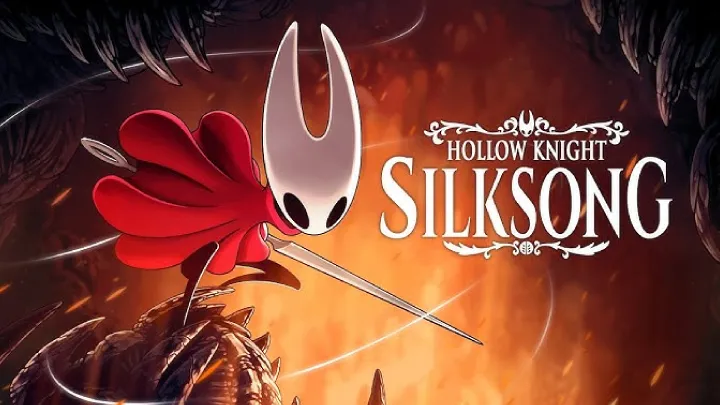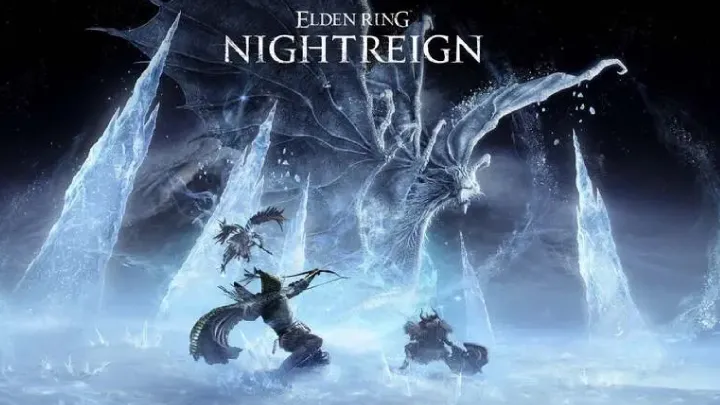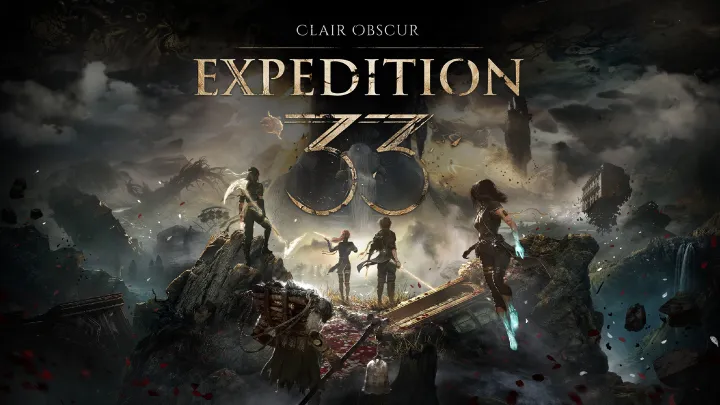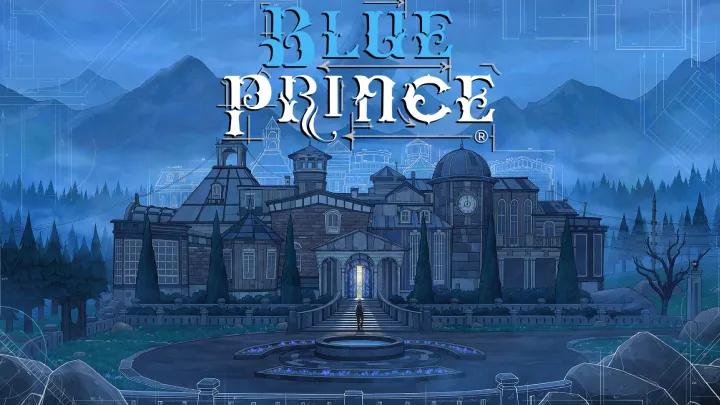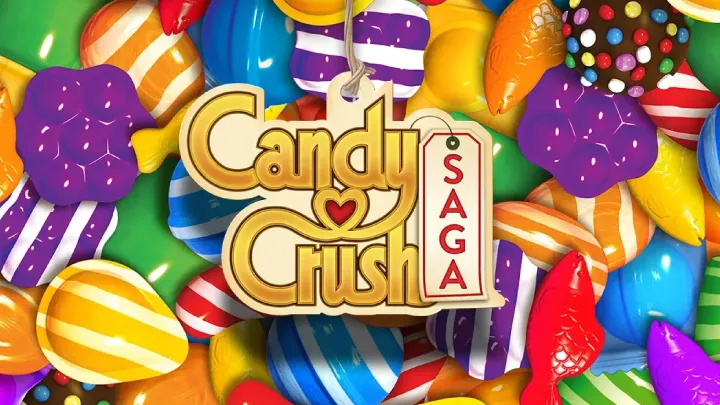1. Introduction & Overview
When Among Us launched in June 2018, few could have predicted the trajectory it would take. Developed by the small indie team InnerSloth, the game initially attracted a niche audience, mostly mobile players who enjoyed short bursts of casual party gameplay. It received modest attention, enough to sustain continued support from the developers, but nowhere near the explosive fame it would eventually achieve.
The premise was straightforward yet inherently captivating: a group of crewmates aboard a spaceship, planetary outpost, or airborne vessel must complete maintenance tasks to keep the operation running. Among them, however, are impostors — infiltrators whose sole purpose is to eliminate the crewmates without being caught. It’s a game about trust, suspicion, and deception, with real-time action punctuated by intense discussion phases.
While this sounds like a digital adaptation of classic social deduction games such as Mafia or Werewolf, Among Us introduced a twist: players could move freely in real-time between tasks, and impostors had access to sabotage mechanics, mobility advantages, and stealth tools to manipulate the flow of the game. This combination of freeform movement and structured discussion phases gave the game a distinctive identity.
For its first two years, Among Us operated quietly. Player counts were modest. Then, in mid-2020 — aided by the COVID-19 pandemic, lockdown measures, and an explosion of streaming on platforms like Twitch and YouTube — Among Us skyrocketed in popularity. Top streamers showcased games filled with laughter, betrayal, and shock, and the viral nature of the gameplay made it perfect for short, shareable clips on TikTok and Twitter. Overnight, “sus” became part of everyday vocabulary.
The global success of Among Us wasn’t just a fluke; it was the result of a carefully balanced design, emergent player behavior, and cultural circumstances. This review will examine the game in exhaustive detail — from its mechanics and map design to the psychology of its players and the influence it has had on online culture — to understand why it became a modern classic and where it can go from here.
2. Core Gameplay & Mechanics
At its heart, Among Us is a social deduction game enhanced by interactive, real-time elements. Understanding the roles and how they interact is key to mastering its flow.
Crewmates
- Objective: Complete all assigned tasks or identify and eject all impostors.
- Tools: Visual cues, observation of player movement, and logical deduction.
- Tasks: A mix of simple and multi-step minigames. Examples include fixing wiring (connect colored lines), swiping an ID card (timing-based), or clearing asteroids (aim and shoot). Tasks are spread across the map, forcing movement and creating opportunities for impostors to strike.
Impostors
- Objective: Kill enough crewmates so that impostors equal or outnumber them, or win via sabotage.
- Tools:
- Sabotage: Disabling lights to reduce vision, triggering O₂ depletion, causing reactor meltdowns, or locking doors to trap players.
- Vents: Fast travel between specific points, allowing surprise attacks or quick escapes.
- Deception: Building false alibis, framing innocent players, or sowing confusion in discussions.
Meetings & Discussion
These are triggered by either:
- Reporting a dead body.
- Calling an emergency meeting from a central button.
During meetings:
- Players discuss suspicions, share observations, or plead innocence.
- The discussion often becomes the most tense and entertaining part of the game. Every statement is scrutinized; silence can be as suspicious as talking too much.
Voting
At the end of discussions, players may vote to eject someone. If they skip, the game continues without an ejection. Voting outcomes hinge on social dynamics more than mechanical skill.
Victory Conditions
- Crewmates win by completing tasks or eliminating impostors through voting.
- Impostors win by parity or successful sabotage.
3. Map Design & Strategic Implications
Among Us currently offers four official maps, each with its own geometry, task distribution, and strategic meta.
- The Skeld – The iconic spaceship and default map.
- Balanced size.
- Clear choke points (Security, Electrical).
- Strategic vent system for impostors.
- MIRA HQ – A corporate headquarters in space.
- Vent network connects almost every room (high mobility for impostors).
- Single central hallway increases encounter rates.
- Smaller size makes tasks quicker but also riskier for impostors to kill unnoticed.
- Polus – A research base on a snowy planet.
- Largest open spaces, favoring impostors who can blend in outside.
- Cameras cover fewer zones; visual confirmation is harder.
- Doors are manually operated, making sabotages more disruptive.
- The Airship – The largest and most complex map.
- Multiple spawn points after meetings (strategic positioning).
- Vertical gameplay with ladders and moving platforms.
- Many isolated areas ideal for surprise kills.
Each map alters the balance between crewmates and impostors. Competitive players often tailor their strategies to the specific geometry, knowing where vision lines are blocked, where vent exits lead, and which rooms become kill hotspots.
4. Visual Style & User Experience
Among Us adopts a minimalist, cartoonish art style. Crewmates are bean-shaped figures with spacesuits and large visors, rendered in bold colors. This design choice is more than aesthetic:
- Readability: Players are instantly distinguishable by color and location.
- Accessibility: The art style is friendly, avoiding graphic violence despite the “murder” premise.
- Performance: Runs smoothly on almost any device.
The UI is simple and functional. Buttons are large, task instructions are clear, and touch/mouse controls are intuitive. New players can join without a tutorial; the design invites experimentation.
5. Social Dynamics & Player Psychology
This is where Among Us transcends being “just a game.”
For Crewmates:
- Observation: Tracking who is near a body, who avoids tasks, or who moves suspiciously.
- Memory: Remembering player routes and behavior patterns.
- Risk Management: Deciding when to confront someone or gather more evidence.
For Impostors:
- Deception: The art of lying without overcomplicating your story.
- Timing: Choosing moments to kill or sabotage that create plausible deniability.
- Manipulation: Pushing suspicion toward others without seeming too aggressive.
The psychological tension is unique: you may be sweating bullets as an impostor trying to appear innocent, or as a crewmate second-guessing a friend’s every word. This emotional engagement keeps players invested far longer than many casual multiplayer games.
6. Role Expansion & Gameplay Variety
Originally, Among Us only had the two core roles. Recent updates (and modded servers) have introduced additional roles:
- Scientist: Can check vitals at any time.
- Engineer: Can use vents as a crewmate.
- Guardian Angel: Protects players from being killed temporarily.
- Shapeshifter (Impostor role): Can disguise as another player.
These roles add complexity and new strategies, refreshing gameplay for veterans.
7. Customization & Progression
Cosmetic customization plays a surprisingly large role in player identity. Hats, skins, and pets personalize your avatar and often become part of your in-game persona. Seasonal events introduce limited-time cosmetics, encouraging continued play.
Progression in the traditional sense (levels, unlockable skills) is minimal, which preserves fairness between new and experienced players but limits long-term incentives.
8. Community & Cultural Impact
Among Us is one of the few indie games to achieve mainstream meme status. “Sus” became part of everyday language. Crewmate and impostor characters appeared in fan art, animations, merchandise, and even political livestreams (notably, US congresswoman Alexandria Ocasio-Cortez streamed Among Us to encourage voting).
Streaming was a massive growth driver. The game’s unpredictability makes it perfect for content creation: every match has potential for drama, humor, and surprise.
9. Technical Performance & Cross-Platform Play
Among Us runs on a broad range of hardware — from low-end Android devices to modern consoles. Cross-platform play is seamless, allowing friends to join regardless of device.
Server stability has improved drastically since the 2020 boom. The in-game code system makes private lobbies easy to set up, though public lobbies can be hit-or-miss depending on player behavior.
10. Strengths & Weaknesses
Strengths:
- Simple mechanics with deep emergent strategy.
- Cross-platform accessibility.
- Highly social and emotionally engaging.
- Active developer support with free updates.
Weaknesses:
- Repetitive over long sessions without variety.
- Reliance on player communication — less enjoyable in silent lobbies.
- Limited official maps (compared to community demand).
11. Future Potential & Roadmap
InnerSloth has announced plans for:
- More roles and modifiers.
- Additional maps.
- Improved matchmaking and account systems.
- Expanding customization with themed events.
Given its sustained player base, Among Us could evolve into a long-term social gaming platform, similar to Jackbox Party Pack or Minecraft, where new content refreshes interest regularly.
12. Final Verdict
Among Us is proof that you don’t need photorealistic graphics or complex combat systems to capture a global audience. By tapping into the timeless appeal of social deduction and layering it with simple, approachable mechanics, InnerSloth created a game that thrives on human unpredictability.
It is best played with friends or in voice chat, where the full depth of deception and deduction can shine. While its popularity may have peaked in 2020, its place in gaming history is secure — not just as a viral hit, but as a design case study in how emergent gameplay and social interaction can drive massive success.














































